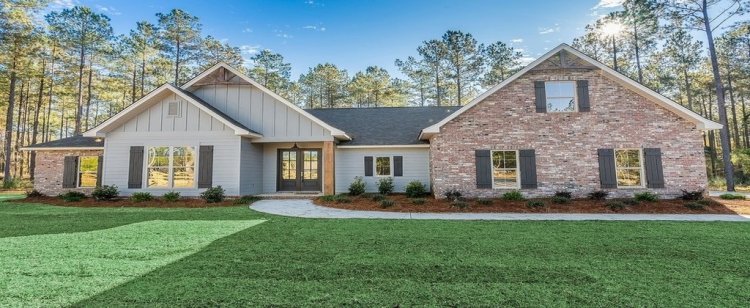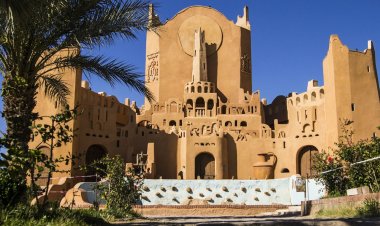How Tenancy in Common is Actualized in Africa
In Africa, tenancy in common is a common form of property ownership, particularly in rural areas where communal land ownership is prevalent.

Tenancy in common is a type of property ownership where two or more individuals have an undivided interest in a property. This means that each owner has an equal right to use and enjoy the property, and each owner is responsible for paying their share of the property's expenses and taxes. In Africa, tenancy in common is a common form of property ownership, particularly in rural areas where communal land ownership is prevalent.
In many African countries, land is considered to be a communal resource that is owned by the community as a whole. This means that individual ownership of land is not always recognized, and instead, the land is often held in trust by a community leader or governing authority. However, even in cases where individual ownership of land is recognized, tenancy in common is often the preferred form of ownership.
Tenancy in common can be actualized in Africa through a variety of mechanisms, including traditional practices, customary law, and statutory law. In some cases, tenancy in common may be established through a written agreement between the owners, while in other cases, it may be established through oral agreements or through long-standing customary practices.
One example of how tenancy in common is actualized in Africa can be found in the Maasai community in Kenya. The Maasai are a semi-nomadic pastoralist community that traditionally owns and manages communal land. In the Maasai community, land is held in trust by community leaders, who allocate land to individual households based on their needs. Each household is then responsible for managing their own land, but they also have a communal obligation to manage the land for the benefit of the entire community.
Another example can be found in Nigeria, where the Land Use Act of 1978 established a system of communal land ownership known as the "statutory right of occupancy." Under this system, the land is owned by the state government, but individuals can obtain a right of occupancy to use and manage the land. This right of occupancy is often held by multiple individuals as tenants in common, who are responsible for paying their share of the land's taxes and other expenses.
In conclusion, tenancy in common is a common form of property ownership in Africa, particularly in rural areas where communal land ownership is prevalent. It can be actualized through a variety of mechanisms, including traditional practices, customary law, and statutory law. While the specific mechanisms may vary depending on the context, the underlying principle of shared ownership and responsibility remains the same.
If you have a real estate press release or any other information that you would like featured on African Real Estate Blog Post do reach out to us via email at [email protected]

































